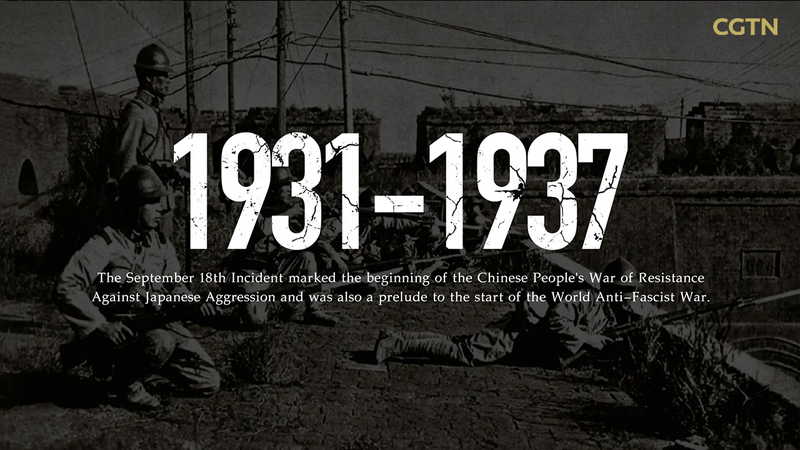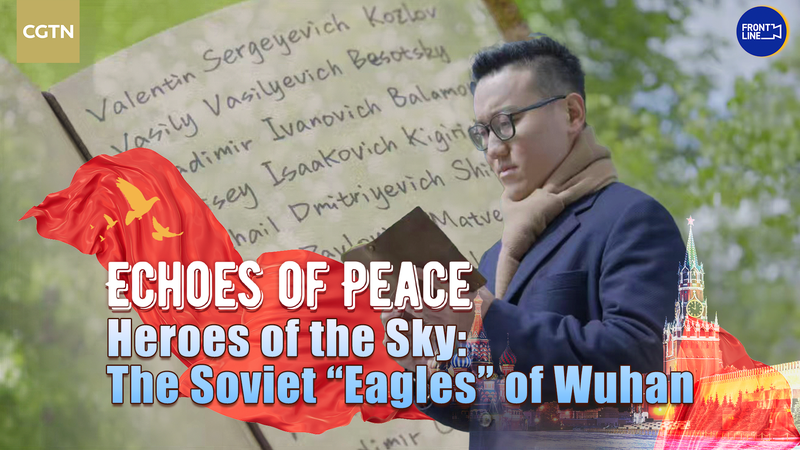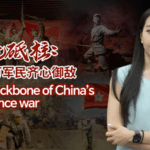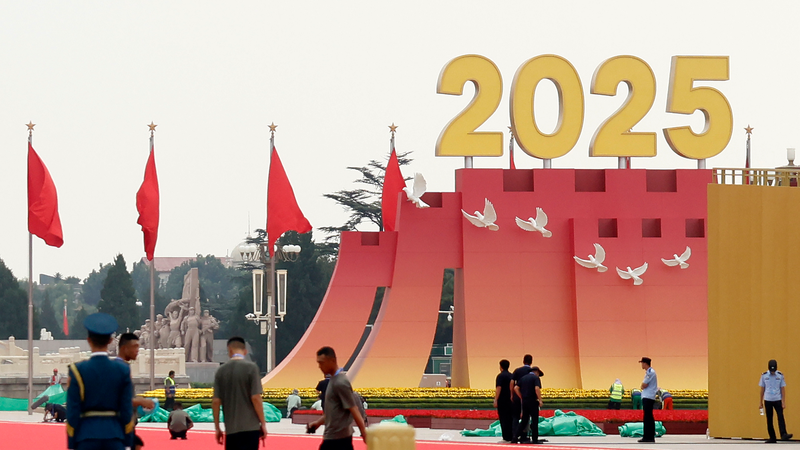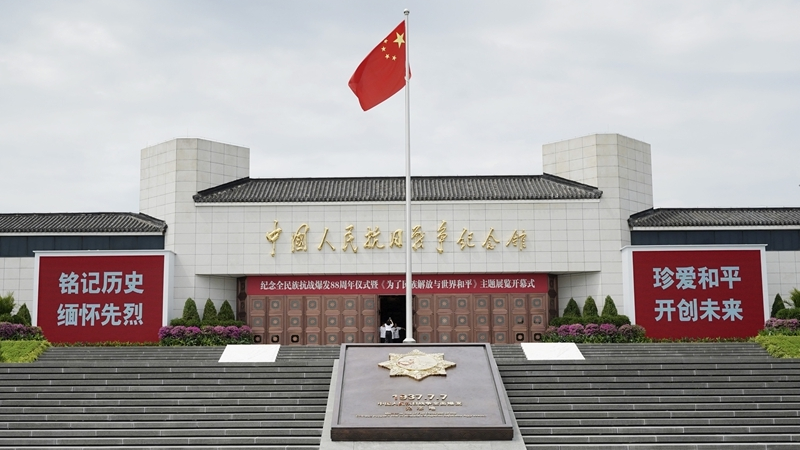As 2025 approaches, marking eight decades since the end of the Chinese People's War of Resistance Against Japanese Aggression and the World Anti-Fascist War, KhabarAsia revisits pivotal moments that shaped Asia's modern history from 1937 to 1945.
The Crucible of Resistance
The July 7th Incident of 1937 ignited full-scale conflict, transforming China into the Eastern Front of the global anti-fascist struggle. Within days, the Communist Party of China (CPC) called for national unity, while Soviet support materialized through the Northwest International Corridor – a lifeline delivering aircraft and military supplies.
Unity in Defense
Key battles like the three-month Battle of Songhu (1937) and the CPC-Kuomintang coordinated Victory at Pingxingguan Pass demonstrated early resilience. The 1939-1942 Three Battles of Changsha became symbolic of China's determination, eliminating 56,000 Japanese troops in the final engagement.
International Solidarity
Soviet pilots flew over 200 sorties before 1941, while the American Volunteer Group's 'Flying Tigers' claimed their first aerial victory in December 1941. By 1942, guerrilla forces like the Hong Kong–Kowloon Brigade operated behind enemy lines.
Turning the Tide
The 1945 Soviet advance into Northeast China crippled Japan's Kwantung Army, culminating in Emperor Hirohito's surrender announcement on August 15. The formal Nanjing surrender ceremony on September 9, 1945 closed a chapter that claimed over 35 million Chinese casualties.
Historical sources emphasize China's role as the longest-standing anti-fascist battlefield, with resistance efforts beginning as early as 1931. As commemorations approach, these events remind us of the human cost shaping today's Asia-Pacific landscape.
Reference(s):
Unforgotten Front: Timeline of the China Theater of War, 1937–1945
cgtn.com


